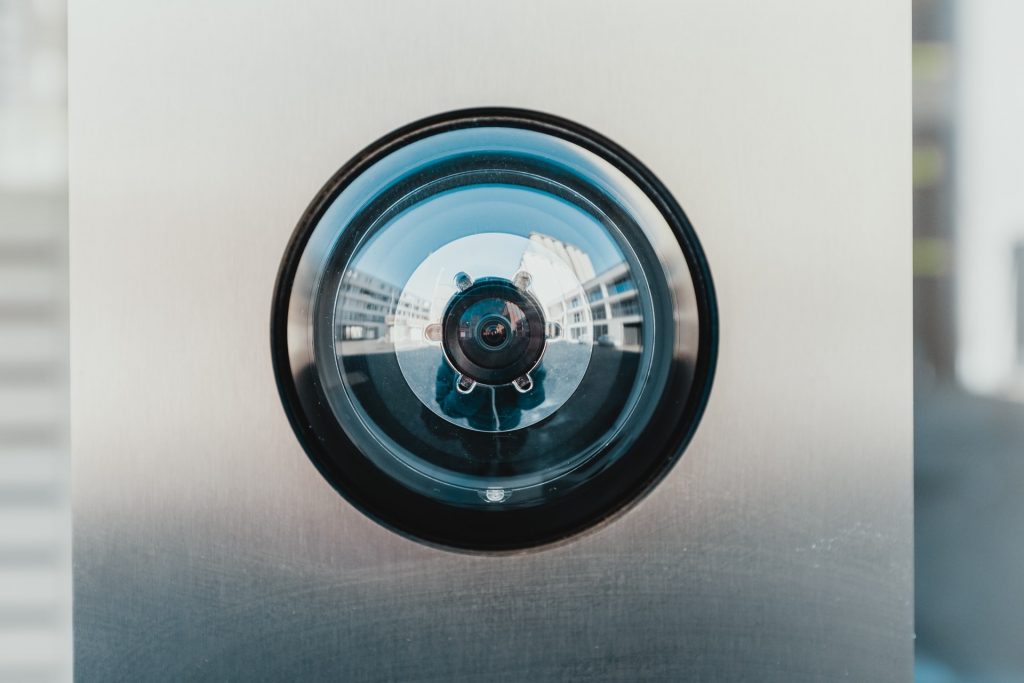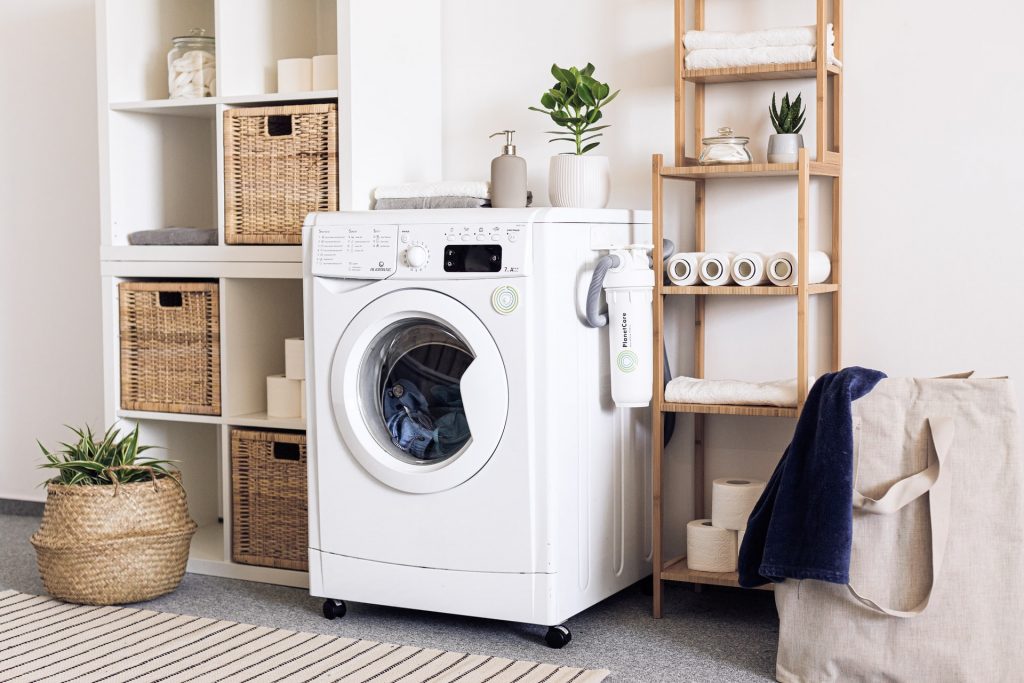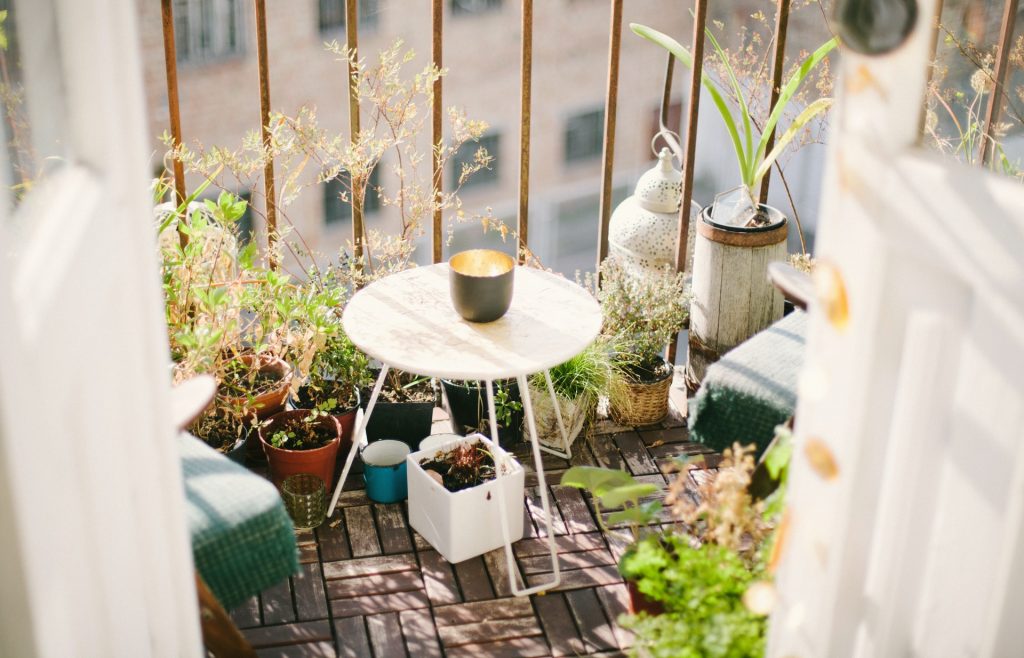 - minute read
- minute read

Attracting quality tenants on long-term leases is one of a landlord’s most important tasks. The more high-quality tenants (those who pay their rent on time and abide by the property’s rules) that a landlord and/or letting agent can attract, the fewer void periods a property will have. However, competition is fierce, so these types of tenants tend to be sought after.
The question then, is what do tenants look for in a rental property? Understanding the answer to this will help you gear your property and the way you market it towards these key points, so as to stand out from everyone else.
While different tenants will naturally look for different things, there are some universal truths when it comes to appealing to all different kinds of tenants. Although not all of these are easily changeable, we’ve highlighted 11 aspects of a rental home that tenants are most interested in.
Like we said, not all of these key features can be changed at a moments notice. Still, it doesn’t change the fact that location is the single most important factor when it comes to a renter’s home search. For example, if a renter is moving house to be closer to their new job, then their area of interest is naturally going to be quite small from the get-go. Tenants may also be interested in a specific city or neighbourhood. This being one which they think will perfectly match their lifestyle and interests.
As a landlord, the most important thing here is to assess your surrounding area and market your property accordingly. Towns or cities with big university populations are naturally more likely to draw in students, so offering a large house with multiple rooms could work in your favour and end up being seriously profitable.
Similarly, tenants look for areas that are well-connected and offer all the services/amenities they’d need on a day-to-day basis. Bonus points if these amenities are within walking distance! These services tend to include transport – train stations, bus stations, tube stations, tram stops and quick access to major roads – as well as shops, restaurants, bars/pubs, schools, colleges and universities. These can all come into play, depending on what the tenant is after.

Safety naturally follows on from location, given that tenants are always going to feel more comfortable in areas with lower crime rates and vice-versa. Being aware of crime statistics in your area is really important for being able to paint a conclusive picture.
While you can’t do anything about crime rates for a property you already own, there are plenty of cost-effective ways to make tenants feel safer and more at ease in your home. A working security system with alarms will go an awful long way. Beyond this, ensure that all doors and windows have sturdy locks on them. Another simple touch is to add a peephole to the front door. Some landlords go the extra mile and install CCTV or Ring doorbells to make their tenants feel even more secure.

What tenants don’t want is a gamble every time they arrive back home – as to whether or not they’ll be able to get a parking spot. Being able to offer some form of parking will be a massive plus; whether this is on a driveway/in a garage or street parking for permit holders. A designated parking space will add value and appeal to your property in equal measure.
In London, parking spaces tend to become less common as you get more central, given the popularity of public transport and the high levels of traffic congestion. However, there are still people in the capital who prefer to drive.
Tenants don’t want to move into homes that aren’t fit for purpose. They’re much more likely to pick a property where the necessary repairs and upkeep have already been made. This could include painting, cleaning, laying new carpets, plumbing, heating and checking all large utility appliances are in working order.
First impressions count for a lot, so being able to show off a home that looks (almost) brand new is an instant thumbs up. These same changes also go a long way to making a house feel like a home, and therefore a much more appealing place for prospective renters.
Although not all rental properties come furnished, the vast majority do include a certain number of large appliances, such as washing machines, tumble dryers, dishwashers and fridges. Many tenants now expect these ‘white goods’ as standard, given the impracticality of buying a set of expensive and bulky items for a property that they may only be spending a year or so in. After all, not having to pay for these appliances or their upkeep is one of the advantages of renting.
The inconvenience of not having these appliances – from hand washing dishes to trudging over to the laundrette for washing clothes – is enough to turn the majority of tenants off. Having new appliances provides an added layer of appeal, given the reduced likelihood of breakdowns and the inconvenience that goes with this.

Did you know that 76% of renters prefer to rent bills included? One of the big reasons for this is that when bills are charged separately, they’re seen as yet another cost, whereas when they’re rolled in with rent, this one slightly larger bill charge doesn’t seem quite as bad to renters.
With Resooma Bills, you can take out a monthly direct debit on an unlimited package to cover energy, water and Wi-Fi, so you don’t have to worry about usage. If you’d rather just provide Wi-Fi, then that’s also a winner.
What a renter doesn’t want is a home with clutter everywhere. Clutter usually occurs from a lack of space to store everything, so we’d recommend ensuring that your property contains a variety of storage areas and facilities.
Cupboards and wardrobes in bedrooms, along with additional cupboards and drawers in the kitchen are the most common storage examples, but there are plenty of other ways to take advantage of ‘dead spaces’ and impress prospective tenants in the process. You could utilise your loft space, place bookshelves with adjustable shelves against walls or even get a secure shed for outdoor storage.
Having an outdoor space opens up all kinds of opportunities; including being able to enjoy the sunshine throughout the summer months and inviting others around for outdoor parties. Because people don’t enjoy being continually confined to the indoors, properties that include gardens are far more desirable than those without. This is particularly true when it comes to gardens that are tended by someone else on a bi-weekly or monthly basis, so the tenants don’t have to worry about maintenance themselves.
Though gardens are much less common in crowded urban areas, even a small patio or balcony still adds loads of value for renters, as it gives them a relaxing area to bask in the fresh air.

With many renters now being priced out of the homeowners market, longer tenancies are becoming increasingly popular. One of the knock-on effects of this market shift is renters looking for homes that allow pets. There are pros and cons to allowing your tenants to keep pets, but there’s no doubt that this will be the deciding factor for many. Even if tenants don’t currently own a pet, they may want assurances that they’ll be allowed to keep one in the future.
During the pandemic, demand for pet-friendly homes rose by a staggering 120% as many got themselves a lockdown puppy. When you consider the low number of landlords who are willing to accept pets – currently around 7-10% – pet-friendly properties can easily stand out amongst the rest. This even has the added effect of allowing landlords and agencies to charge more rent when up against lesser competition.

Ultimately, the deal-breaker for many prospective tenants is feeling comfortable with the knowledge that their new property will be overseen by a caring landlord who is willing to ensure that needs are met and any issues are swiftly dealt with.
The best landlord-tenant relationships are those in which both parties trust and respect each other. Numerous horror stories surrounding rogue landlords means that tenants can be a little suspicious at first, which is why it’s important to clearly lay out what you can do for them and how you’ll help make their stay as enjoyable as it can be.
Resooma is on a mission to add trust and transparency to the lettings market and can help agents and landlords get more qualified leads and better tenants. Request a callback to find out more about listing with Resooma.



All your utility bills in one monthly payment, split between housemates
Get a quote


All your utility bills in one monthly payment, split between housemates
Get a quoteFinding his article helpful? We’ve got plenty more helpful articles on there way. Join our Savvy Sunday mailing list